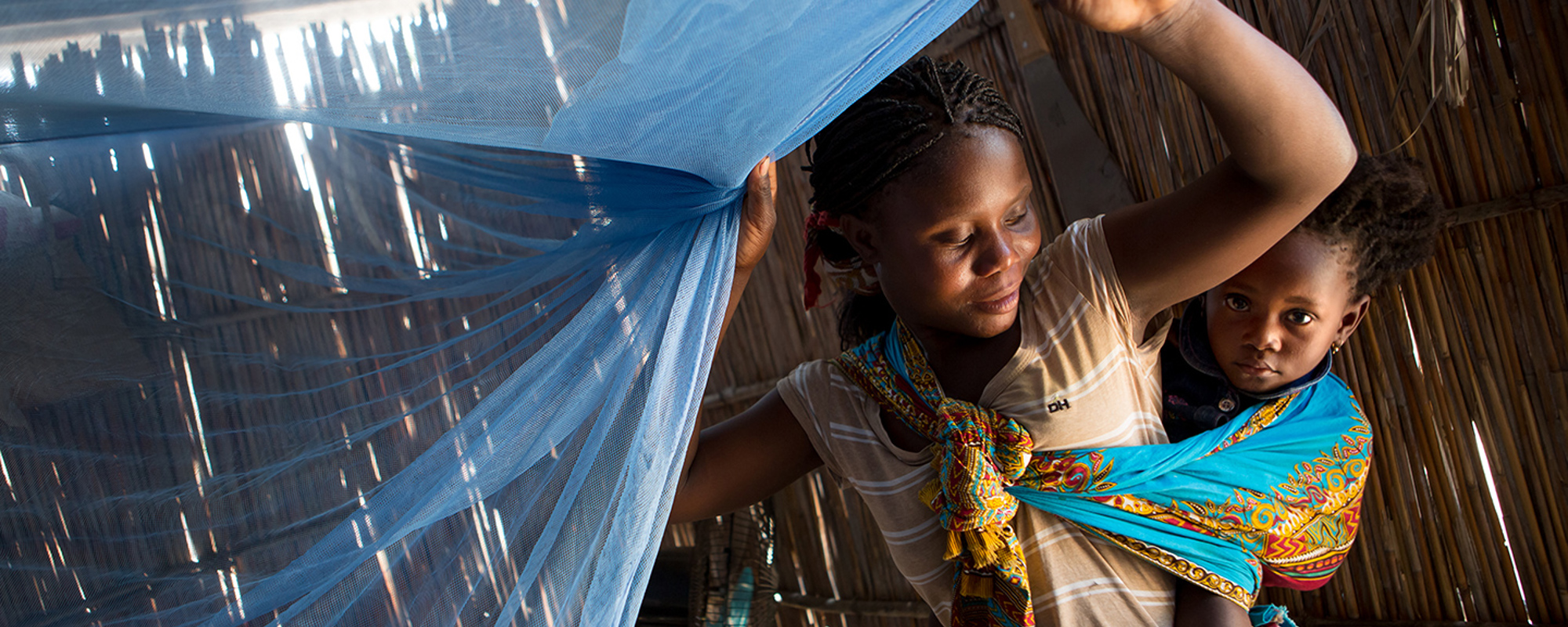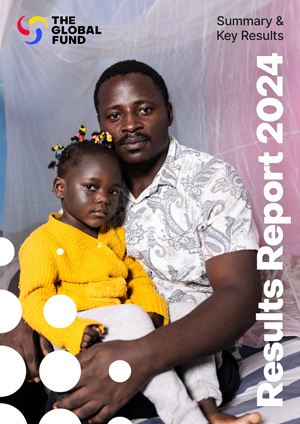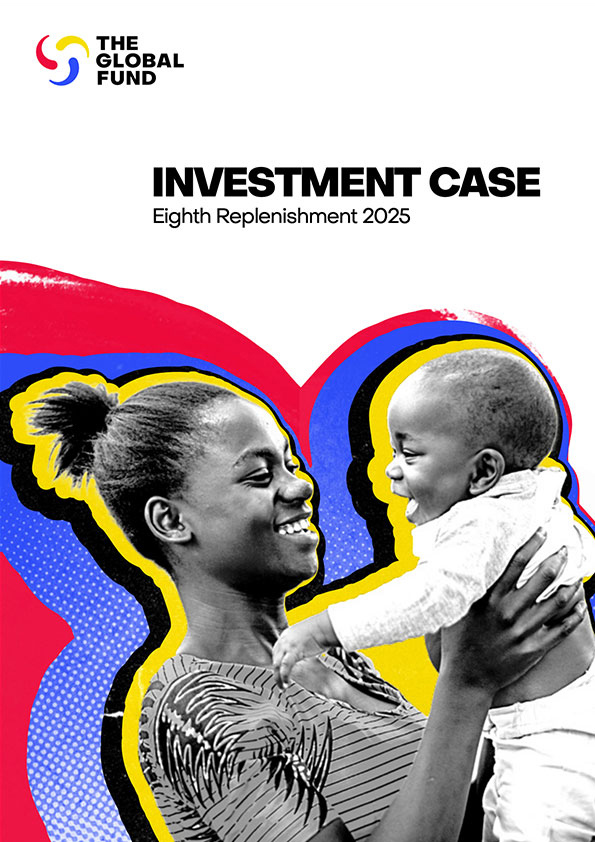

What’s new about the New Nets Project?
The Global Fund and Unitaid are each investing US$33 million from 2018 to 2022 to introduce new insecticide-treated nets to fight malaria-carrying mosquitoes. Here are answers to some of the essential questions about the New Nets Project.
Why are new nets needed?
Between 2000 and 2015, we saw an impressive global decline in malaria, attributed largely to the increased use of mosquito nets treated with a long-lasting insecticide. However, mosquitoes are becoming increasingly resistant to the pyrethroid insecticides used on these nets, and this may reduce the nets’ ability to protect people from malaria. To safeguard the gains we’ve made against malaria, and advance toward the goal of eradicating the disease, we must continue to develop and test new tools.
What is new about the New Nets Project?
The project is innovative in many ways:
- New products: The project is working to build the evidence base around, and prime the market for, the next generation of nets, which are treated with two different types of insecticide to help improve control of mosquitoes. We call these dual insecticide nets.
- New evidence: The project will generate evidence on the efficacy and cost-effectiveness of the new dual insecticide nets. It is expected that the New Nets Project – with its unique design of parallel collection of epidemiological data and cost-effectiveness studies – will significantly reduce the timeline for entry of the new nets into the market.
- New approaches to planning vector (mosquito) control: For many years, countries have distributed one type of net. This made planning fairly simple – at least in terms of product type. Now there are new products available, such as pyrethroid-PBO nets, which are recommended for use by WHO and are being used more and more (PBO is not an insecticide; it acts to make the pyrethroid insecticide more potent). With the availability of these and the dual insecticide nets, countries now need to make new operational plans, determining which type of nets should be targeted to which areas. This project supports learning around how best to do this.
- New ways of working: The Global Fund and Unitaid have crafted and financed the project in close partnership. But more than simply co-financing, the two organizations bring a positive partnership approach, mixing complementary skills to help deliver the goals of the project. The U.S. President’s Malaria Initiative and the Bill & Melinda Gates Foundation are key operational and financial partners. A coalition led by the Innovative Vector Control Consortium is implementing the project.
Where will they be deployed?
These new nets don’t yet have a WHO policy recommendation confirming that countries with pyrethroid resistance should consider them over standard nets. More evidence still needs to be gathered to get this policy recommendation. Under this project, the nets will be assessed in a robust study in Benin to give definitive evidence of how well they perform compared to standard nets.
They will also be deployed in operational pilots in carefully selected geographical areas in six to eight countries. These countries will represent different contexts (epidemiological, insecticide resistance and entomological profile) to allow us to understand the extra benefit these costlier nets can bring in different settings. This information will help countries make informed decisions about how best to spend their malaria control budgets. The nets will first be deployed in 2019 in Burkina Faso in West Africa and Rwanda in East Africa. The project steering committee, together with the Global Fund and Unitaid, will select additional countries for pilots in 2019, 2020 and 2021.
How do we expect they will more effectively prevent malaria?
Initial studies have shown that the new nets are better at repelling and killing mosquitoes, including those resistant to pyrethroids. The fact that the nets are treated with two insecticides means they can still kill mosquitos that are resistant to one of the two insecticides. This should mean they are better at protecting individuals who use the nets, and even reduce the amount of malaria overall in whole communities if enough of the nets are being used throughout the area. The project is also designed to impact the process by which new nets are evaluated and come to market in the future. This will hopefully accelerate the timeframe to arrival of future new nets where both insecticides are new and highly effective against mosquitoes, which will have the potential to massively slow the development of insecticide resistance and lengthen the useful lifespan of all of these tools.
Who will benefit from these new nets?
We believe whole communities where the nets are deployed will benefit. Children under 5, who are most vulnerable to illness and death from malaria, will experience the most direct health benefits.
Ultimately, with successful studies and WHO policy recommendations, the new nets will become an effective prevention tool in the global fight against malaria, saving more lives, reducing the burden malaria causes communities and countries, and helping reinvigorate progress toward eradicating the disease.
When will we know if these new nets are a better tool to fight malaria?
Preliminary results from the robust study in Benin, and another underway in Tanzania, will be available in 2021. The complete set of results should be available in the first quarter of 2022 and will be reviewed by WHO. At that point, should WHO find the nets are better tools than standard nets, they will be a welcome addition to the arsenal against malaria globally.







